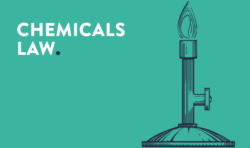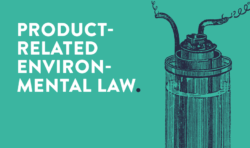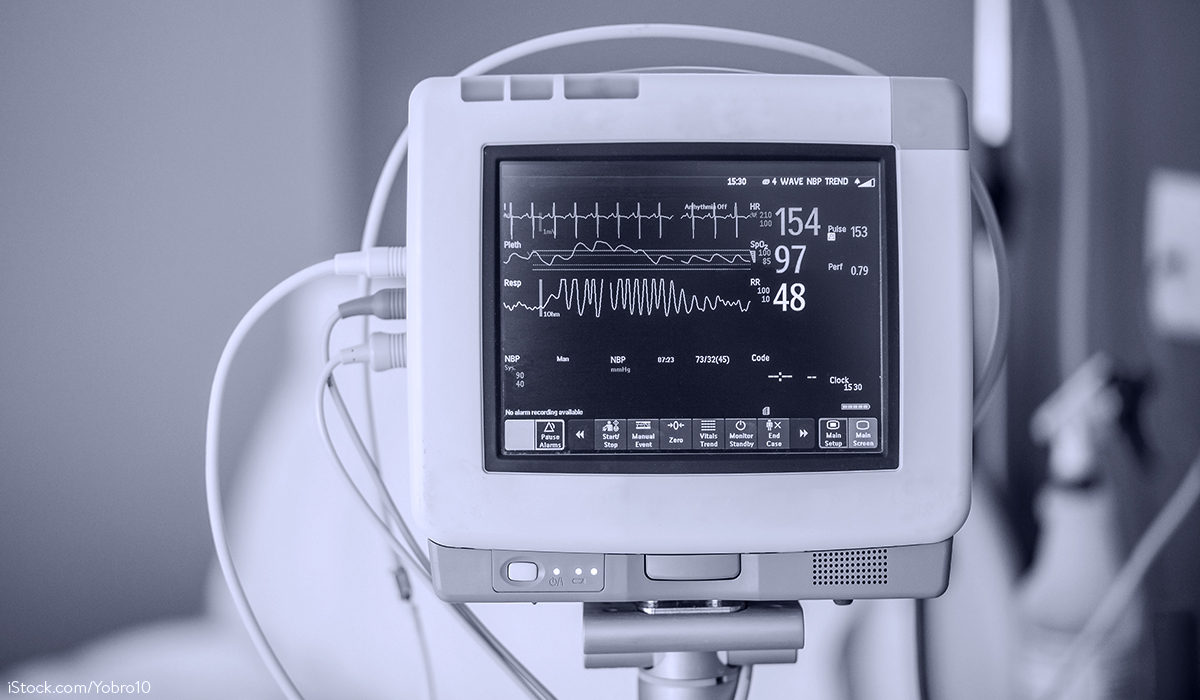If this transitional phase is not extended in accordance with Art. 132 Para. 1 of the Agreement on the withdrawal of the United Kingdom of Great Britain and Northern Ireland from the European Union and the European Atomic Energy Community (Withdrawal Agreement), EU law will no longer be applicable in the UK from 01.01.2021. In this context, the EU Commission has revised and published a large number of so-called Readiness Notes (centrally available at: European Commission – Getting ready for the end of the transition period) containing basic information on the end of the transition period.
The central and very far-reaching document in the field of product law is the Notice to stakeholders – Withdrawal of the United Kingdom and EU rules in the flied of industrial products, published on 13 March 2020. This document is applicable to all central regulatory areas of product law, including the following directives:
- Directive 2001/95/EC on general product safety
- Directive 2011/65/EU on the restriction of the use of certain hazardous substances in electrical and electronic equipment (RoHS)
- Directive 2006/42/EC on machinery
- Directive 93/42/EEC on medical devices
A full overview of the scope is given in the annex to the document.
The document essentially contains the following key messages:
- At the end of the transition period, economic operators established in the UK will no longer be EU economic operators. This has implications in particular for those EU-based companies that purchase goods from a UK-based company. While the EU-based company in this case has so far only to be qualified as a distributor, the same company will qualify as an importer after the end of the transitional period. This change of role will generally be accompanied by increased duties and responsibilities, in particular with regard to checking the conformity of the product with applicable regulations and the labelling of the product.
- In addition, so-called responsible persons based in the UK will no longer be able to hold this status after the end of the transition period, so the manufacturer should ensure that this role is transferred to an EU-based entity in good time.
- In addition, the so-called notified bodies existing in the UK will also lose this status for the purposes of EU law after the end of the transition period. Since numerous EU legal acts stipulate that the products covered by the Directive may only be placed on the market if a valid certificate from a notified body is available at the time of placing the product on the market, the economic operators concerned must also take action in this respect. According to this document, either a new certificate must be applied for from a EU notified body or the certificate issued by a notified body in the UK before the end of the transitional period must be transferred to a notified body established in the EU. In case of transfer, both the EU Declaration of Conformity and the certificate must be adapted to the new situation.
- According to Art. 41 Para. 1 of the Withdrawal Agreement, a specific product that was lawfully placed on the market either in the EU or in the UK before the end of the transition period may continue to be placed on both markets and remain on the market after the transition period. It should be noted that this only applies to the specific product as such and not to a complete product series or a complete product type. Any economic operator wishing to invoke this provision must prove, after the end of the transitional period, that the specific product was in fact lawfully placed on the market either in the EU or in the UK before the end of the transitional period. In this context, the legal term “placing on the market” means, according to Article 40 lit. b) of the Withdrawal Agreement, “the first making available of a product on the market in the Union or the UK“.
- The present document expressly clarifies that placing on the market in this sense already takes place when a sales contract is concluded between two economic operators for a concrete product which has already been manufactured. A physical transfer of the product is expressly not required for placing on the market. For example, a product that is not actually handed over until January 2021 but is completely manufactured in December 2020 and is the subject of a purchase contract is then placed on the market. It should be noted that this specific interpretation is based on the definition of the term “supply of a good” in Art. 40 lit. c) of the Withdrawal Agreement. Apart from this, the prevailing view in the field of product law remains that placing on the market is only deemed to have taken place when a physical transfer of the goods in the sense of a change of ownership has actually taken place.
Northern Ireland will have a special role under the Protocol on Ireland/Northern Ireland. In summary, although a large number of EU legal acts will remain applicable in Northern Ireland, the roles of the economic operators involved will not change in principle. However, notified bodies from Northern Ireland will no longer be able to issue certificates at the end of the transitional period with effect in the rest of the EU, and products certified by a notified body from Northern Ireland must bear the suffix “UK(NI)” next to the CE mark to make compliance with this regulation traceable.
It can thus be stated that all economic operators with supply chain references to the UK should promptly review these supply chains and their own position in the supply chain. This is the only way to ensure that unpleasant surprises can be avoided after the end of the transition phase on 01.01.2021. At present, there is still enough time to prepare for the (probably) upcoming changes and to make the necessary adjustments.
Do you have any questions about this news or would you like to discuss the news with the author? You are welcome to contact: Michael Öttinger






